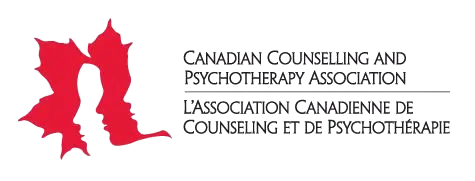EFT or Emotionally Focused Therapy is a highly effective approach to couples therapy. It focuses on creating secure emotional bonds between partners by exploring and reshaping their attachment patterns. EFT succeeds by addressing underlying emotions and relationship needs. EFT creates a safe space for couples to heal, grow, and communicate better.
This therapy emphasizes the importance of emotional responsiveness, empathy, and validation in fostering relationship satisfaction and intimacy. EFT has been extensively researched and has consistently shown positive outcomes, including reduced relationship distress and increased relationship satisfaction. It is a powerful tool for couples seeking to strengthen their connection, resolve conflicts, and build a more fulfilling relationship.
We’ll delve into the three phases of couples therapy at Couples Counselling Centre. These phases provide a roadmap for the transformative journey of Emotionally Focused Therapy (EFT), guiding couples from distress and disconnection to security, connection, and profound relationship growth. By understanding the steps involved in EFT, couples can embark on a path of healing and growth.
First Phase: Understanding and Assessing
The first phase of EFT involves understanding the strengths and challenges of the relationship, setting goals, examining past impacts, exploring emotions, and addressing root feelings. This phase includes the following steps:
- Understanding strengths and assessing challenges: The therapist helps the couple identify the strengths and challenges of their relationship.
- Setting goals and examining past impacts: The therapist helps the couple set goals for their relationship and examines how past experiences have impacted their relationship.
- Exploring emotions and addressing root feelings: The therapist helps the couple explore their emotions and identify the root feelings that underlie their negative patterns of interaction.
- Describing cycles and finding triggers: The therapist helps the couple describe their negative patterns of interaction and identify the triggers that set them off.
Second Phase: Cultivating Connection
The second phase of EFT involves communicating, showing compassion, and sharing insecurities. This phase includes the following steps:
- Communicating: The therapist helps the couple communicate their emotions and needs to each other.
- Listening with acceptance, despite emotional challenges: The therapist helps the couple listen to each other with acceptance, even when emotions are challenging.
- Cultivating deep connection, meeting needs, and being there for each other: The therapist helps the couple cultivate a deep connection, meet each other’s needs, and be there for each other.

Third Phase: Applying New Patterns
The third phase of EFT involves applying new communication patterns to old problems, and reshaping the relationship to experience profound bonds. This phase includes the following steps:
- Applying new communication patterns to old problems: The therapist helps the couple apply their new communication patterns to old problems.
- Reshaping the relationship, experiencing profound bonds: The therapist helps the couple reshape their relationship and experience profound bonds.
EFT has been shown to be effective in improving communication patterns in couples.
Ready for Transformation?
If you are interested in EFT, consider booking a consultation with a skilled therapist to gain more insight into how EFT can help transform your relationship.
Book a consultation with our skilled therapists to embark on an EFT journey. Discover the power of emotional connection and experience a profoundly fulfilling relationship.
References:
Practicing Emotionally Focused Therapy online: Calling all relationships
Process research on Emotionally Focused Therapy (EFT) for couples: linking theory to practice












